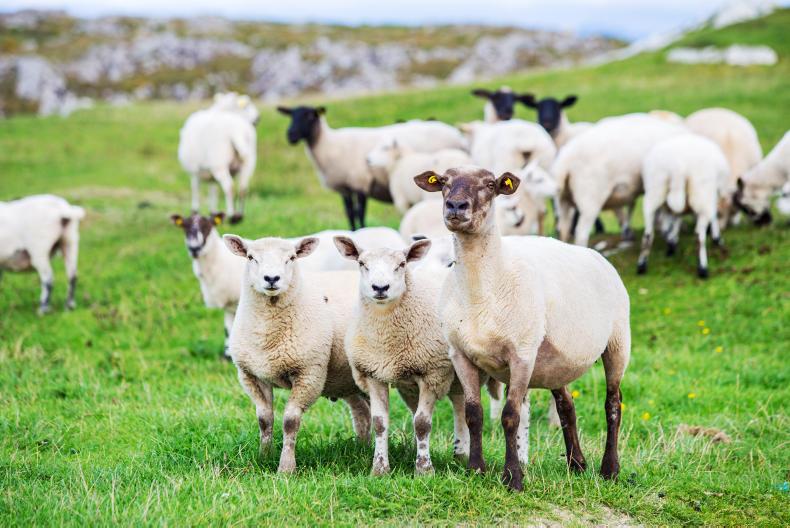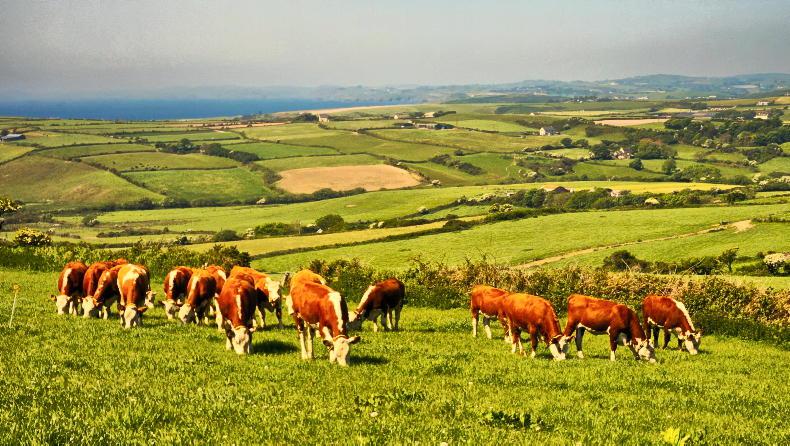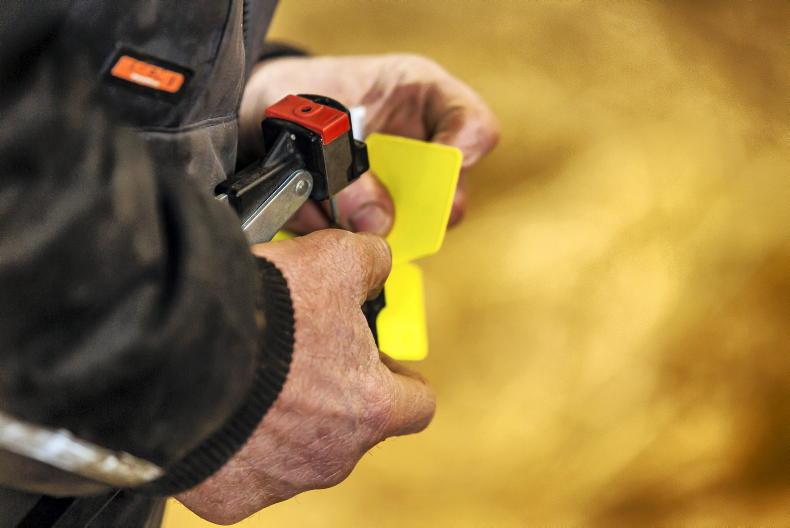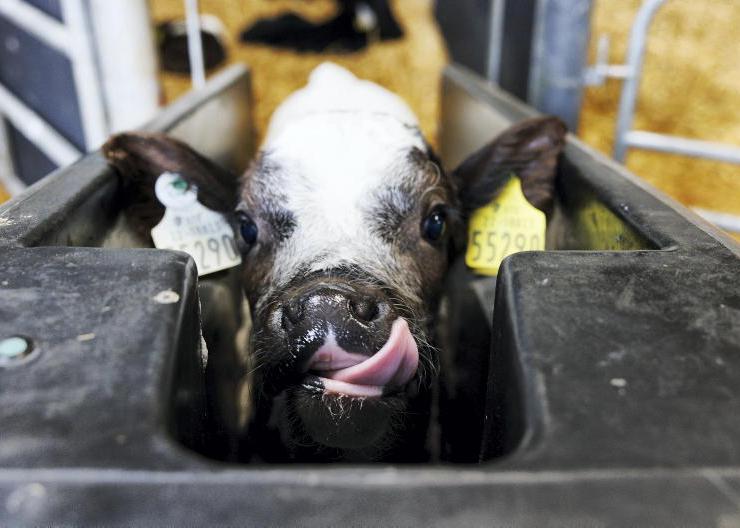The changes to the National Sheep Identification System, which came into play on 1 October 2018, are raising a lot of discussion in farm meetings currently taking place. There is strong interest in particular as to the criteria surrounding the EID Tags Scheme 2018, which offers a once-off payment of up to €100 maximum for the purchase of electronic tags.
A critical aspect to note is that the level of payment paid to each flock keeper is based only on the first purchase of electronic tags between the time frame of when the scheme commenced on 1 October 2018 and when the scheme closes on 30 September 2019.
For example, if a flock keeper orders 30 electronic tags on 1 December and another 30 electronic tags on 1 March 2019, the payment is only based on the initial order of 30 tags, meaning payment will be capped at €30.
The level of payment is not linked to flock size, meaning all flocks are eligible for receiving the maximum subsidy of €100.
For example, a small flock owner producing 30 to 40 lambs per year or a store finisher purchasing some replacement tags can still purchase 100 electronic tags in their first order.
There is no problem ordering in excess of 100 electronic tags, as the payment will simply be capped at €100.
Application procedure
There is no physical application procedure. The Department of Agriculture has access to tag order information and will use this to calculate the amount payable.
All active sheep flock keepers who are registered with the Department of Agriculture are eligible for the scheme.
The minimum subsidy payable is €10, meaning keepers have to purchase at least 10 electronic tags. The subsidy is payable on both electronic tag sets (electronic and conventional tag) and single electronic tags. Orders can be made of one tag type or a combination of tag types.
Tag companies have no role in the pay-out of the subsidy, with some companies reporting requests or queries as to deductions in the receipted cost of orders.
The payment mechanism is a tranche system, with four payment dates over the next year. The first payment will take place in January 2019 for tag orders completed between 1 October 2018 and 31 December 2018.
There will be further payment dates in April, July and October 2019 (for orders completed before 20 September 2019).
Payments in the tagging scheme abide by de minimus rules, which sets out a maximum payment of €15,000 over a three-year rolling period.
The Department does not foresee this stipulation affecting many farmers, but it is possible that there may be some farmers already receiving €15,000 in funding and restricted from securing the tag subsidy.
The full list of schemes which fall under de minimus regulations include the following: premium from Kerry cattle live calves; BVD Scheme; Beef Technology Adoption Programme (BTAP); Sheep Technology Adoption Programme (STAP); Beef Genomics Scheme; Milking Skills Programme paid by Farm Relief Services; Superlevy Instalment Scheme; Fodder Damage Aid Scheme 2016; Emergency Flood Damage Relief Scheme 2016; Sustainable Energy Authority of Ireland (SEAI) Scheme; Weather Related Crop Loss Support Measure 2017; Agriculture Cashflow Support Loan Scheme; Donegal Flash Flood Relief Measure 2017; Fodder Transport Support Measure 2018; Fodder Import Support Measure 2018; Fodder Import Scheme Autumn 2018; Fodder Production Incentive Measure for Tillage Farmers 2018.
Recap of tagging changes
Since 1 October 2018, keepers can no longer order temporary non-electronic slaughter tags or conventional tags (with the exception of a conventional tag ordered to replace a conventional tag as part of an EID tag set).
There are two options now available to keepers. The first is a single yellow electronic tag, which can only be used to identify lambs under 12 months of age and travelling direct from the holding of birth to slaughter.
The other electronic tag option is a yellow tag set (electronic and conventional tag) or electronic bolus sets (denoted with a blue conventional tag).
Existing supplies
From 1 June 2019, all sheep leaving a holding must either be tagged, as outlined above, with a single electronic tag or EID tag set. Existing supplies of conventional and slaughter tags purchased before 1 October 2018 can be used until 31 May 2019, in accordance with current NSIS rules.
That is, lambs leaving the holding of birth can travel direct for slaughter with a temporary tag, while one conventional tag can be used for all mart and farm-to-farm movements.
Sheep must be upgraded to full electronic status (electronic and conventional tag) on reaching 12 months of age. After 1 June 2019, any existing supplies of slaughter tags will be void, while conventional tags can only be used if a corresponding electronic tag is ordered from a tag manufacturer to make an EID tag set.
Tag readers and CPRs
Electronic readers and associated software are now included as eligible investments under the Targeted Agricultural Modernisation Scheme II (TAMS II).
There are two items with a PDA EID tag reader and management software having a reference cost of €1,820, while an EID tag reader and software is costed at €710.
Applications abide by general TAMS II rules, with a minimum investment of €2,000 excluding VAT required to qualify, meaning EID equipment must be combined with another eligible investment, such as sheep housing, mobile and fixed sheep handling equipment or sheep fencing. The current tranche of TAMS II closes on Friday 7 December, with the next tranche opening on 8 December and remaining open until 5 April 2019.
There is no requirement to purchase reading equipment or software. The Department advises that factories and marts can apply for approval to operate as a central point of recording (CPR) from 1 June 2019.
Farmers moving sheep to an approved CPR will not be required to list the individual tag number of sheep on the dispatch document accompanying the sheep to the CPR, with the CPR providing a printed list of tag numbers of all sheep presented in a specific batch.
Registered keepers will be furnished with new dispatch document booklets together with an information booklet on the new requirements in advance of 1 June 2019.










SHARING OPTIONS